Grains
INGREDIENTS
The BOTTOM LINE
- Ancient grains are more popular than ever with consumers
- Specialty grains can offer nutritional benefits
- Gluten-free eating can drive interest in various grains
Grains and growth
Conventional grains continue to resonate, but consumers are showing increasing interest in alternative grains in their baked goods and snacks.
Jenni Spinner, Chief Editor
Conventional grains like wheat, rice, oats, barley and other ingredients are not going away anytime soon—bakery and snack producers likely will continue to rely on those old standbys for years to come. However, a number of grains both ancient and new are increasingly in the mix, thanks to numerous nutritional, functional, and taste benefits. To take advantage of these ingredients, bakery operations and snack makers should arm themselves with knowledge of what the grains offer, and how they might behave in product recipes.
Grains trends
Some of the trends that are impacting use of grains in bakery and snack production include:
- Interest in the ancient: use of heritage grains—such as amaranth, quinoa, teff, and others—are on the rise for a number of reasons. Ingredients in this category can offer producer gluten-free formulation, favorable nutrition profiles, novel tastes and textures, and more.
- Greater gut health: snack and bakery buyers are keener than ever on eating foods that support improved digestive health. In addition to a surge in fermented breads like sourdough, producers are introducing new products and revamped recipes that incorporate gut-friendly grains, seeds, higher fiber content, and more.
- Earth-friendly eating: when reaching for products in the snack and bakery aisles, many consumers are looking for items that offer sustainability benefits, so items with grains that are organic, upcycled, regeneratively farmed, or otherwise eco-conscious.
- Protein punch: consumers increasingly prefer products in every aisle that offer a higher level of protein, and breads are no exception. Grains that offer a protein boost (such as some of those ancient grains mentioned above, oats, sorghum, and others) can help get those protein numbers up in bread products.
Ingredient considerations
Brett Despain, specialty crops breeder and commercial manager for Highland Specialty Grains, notes that grains offer a number of benefits for producers and consumers alike, thanks to their performance and nutritional properties.
“I think consumers want food, including grains, that are healthy, reasonably priced, and produced in an environmentally friendly way,” Despain muses. “Those with health problems or that have family members or friends with health issues, consider diet a potential cause or a potential solution to a person’s overall health. Those people are taking a special interest in trying to make sure that their diets are healthy.”
While ancient grains and other specialty ingredients are in high demand with producers, producers must keep in mind that thy do not necessarily offer a 1:1 swap with conventional grains—considerations for how these ingredients perform must be taken into account.
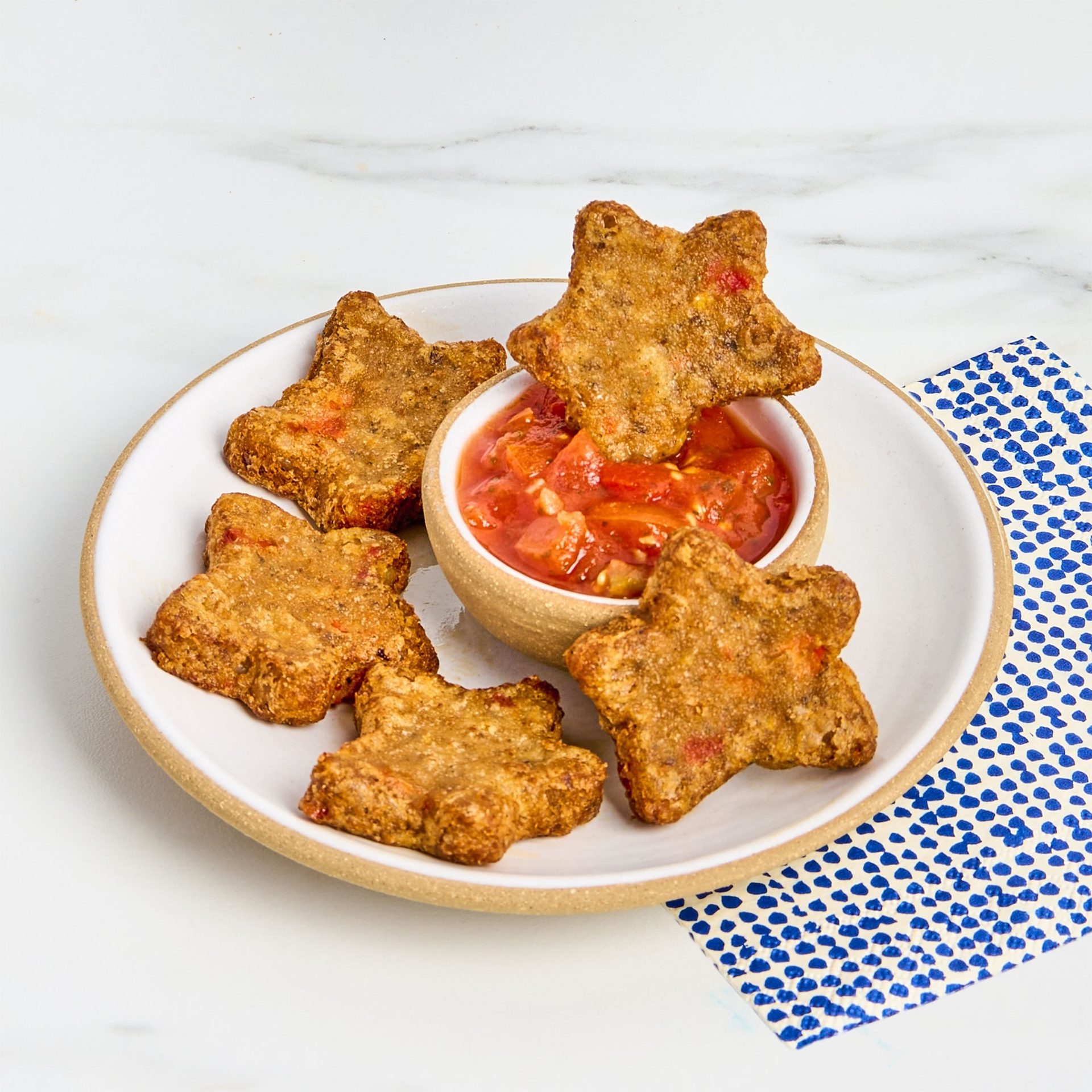
Courtesy of Dr. Praeger's
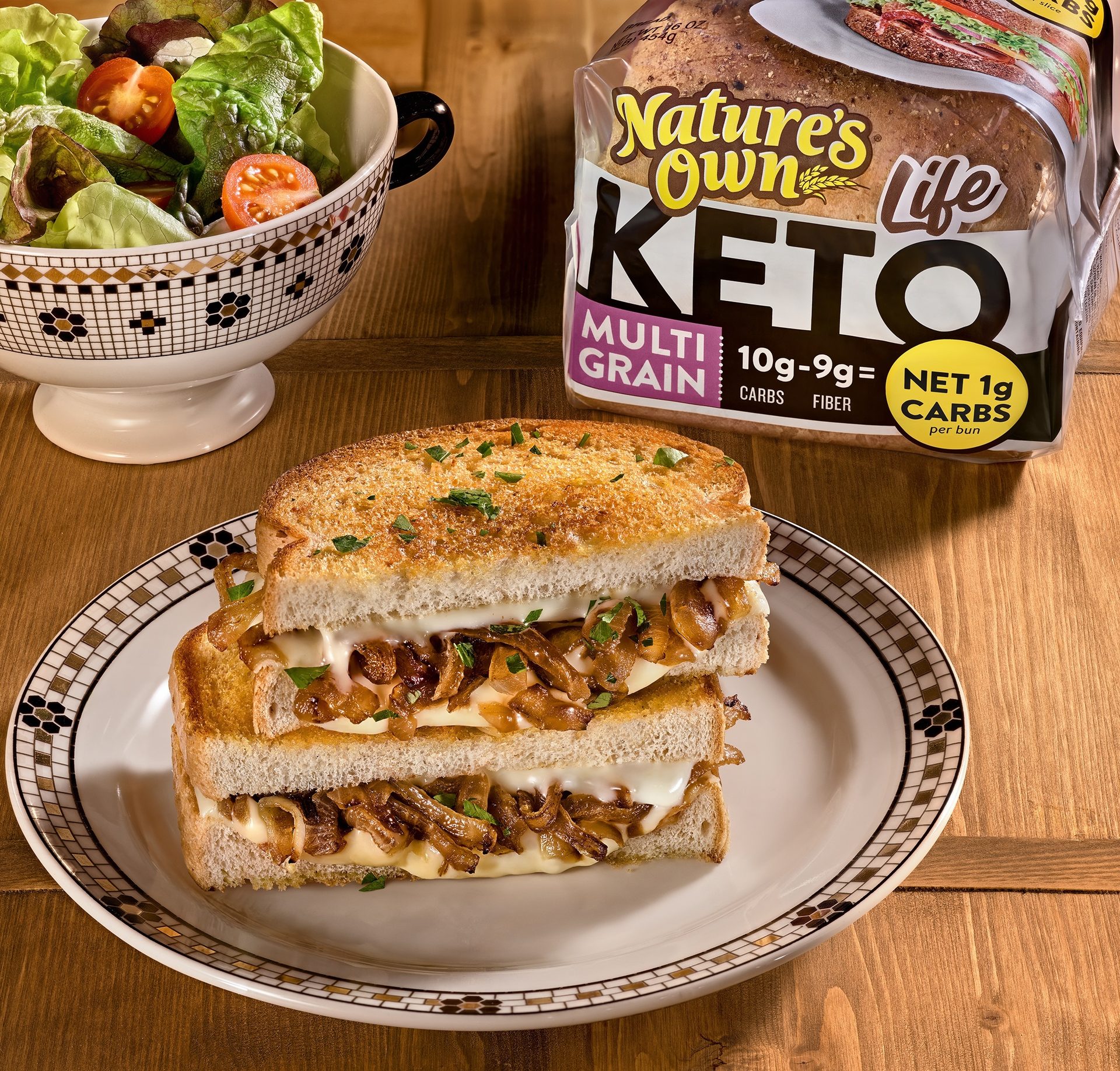
Courtesy of Flowers Foods
“Ancient and specialty grains behave differently from refined flours in formulations; for example, they may absorb more water, impact dough handling or influence color and flavor,” advises Tarrand Fiesel, vice president of sales and marketing with DakotaMB. “It’s essential for bakers and snack food producers to utilize the expertise of their specialty miller to solve these formulation challenges. DakotaMB partners with its customers to help select the ideal grain blend for the application; this often involves creating custom grain blends that meet both functional and sensory targets.”
Fiesel adds DakotaMB offers a range of such grains, including amaranth, barley, buckwheat, millet, sorghum, and teff.
Dan Fedsin, director of sales and business development with Avena Foods, says when producers swap out wheat ingredients with other grains and flours, it can present formulation challenges.
“Replacing wheat flour to achieve a gluten-free claim results in removing the gluten which plays a key role in dough” he points out. “In baked snacks, gluten acts as a crucial structural component, providing elasticity, strength, and the ability to trap gas bubbles, leading to a rise and light, airy texture. It’s the ‘glue’ that holds baked goods together and allows them to rise and maintain their shape while baking. Non-gluten flour options to replace wheat flour create structure and texture challenges such as crumbling texture.”
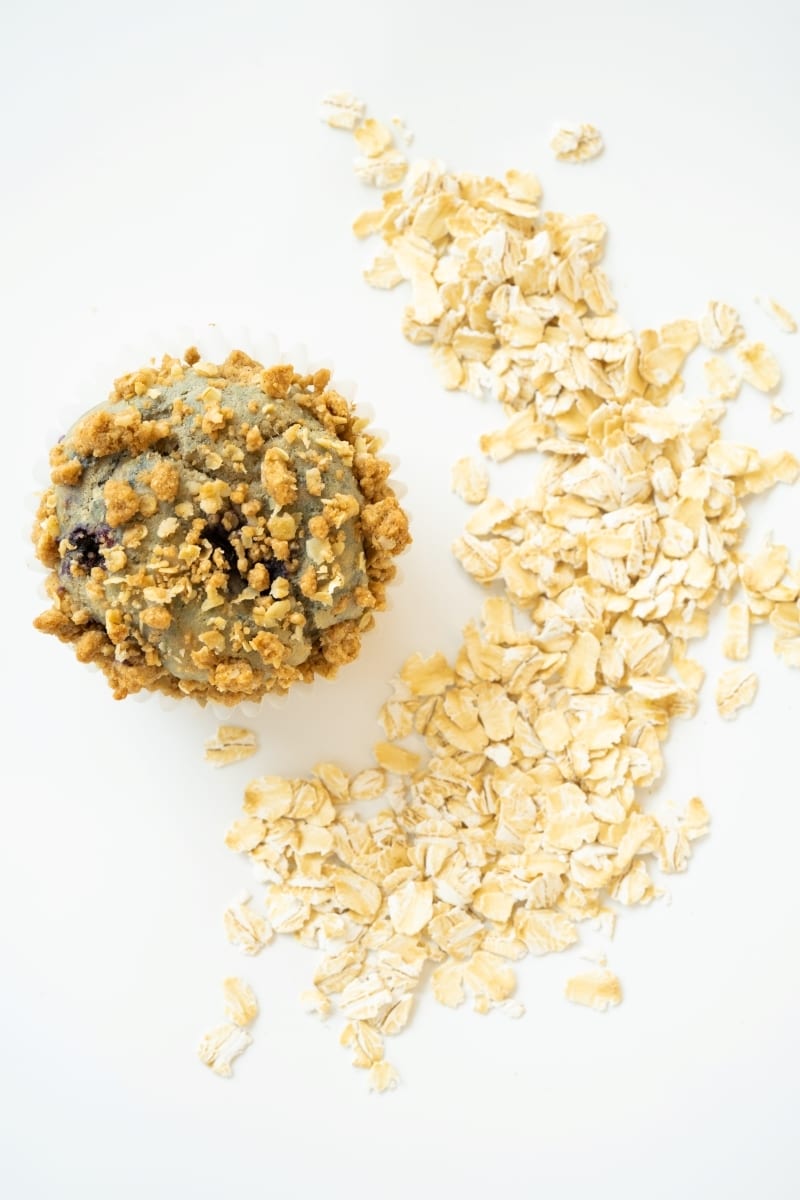
Courtesy of Avena Foods

Courtesy of Ardent Mills
However, Fedsin says, suppliers can offer a range of alternatives that perform up to standard.
“Oat flour as a gluten-free flour option can replace wheat flour on a 1:1 basis in many baking applications. Oat flour is also nutritionally close to wheat flour,” he notes.”
With more snackers looking for BFY options, whole grains, ancient grains, and other grainy solutions can help producers deliver.
“We see ample opportunity in snacks for several reasons but most notably, a significant 56% of consumers express interest in purchasing savory snacks made with any type of whole grains,” shares Matt Schueller, director of marketing and analytics with Ardent Mills. “Whole grains offer a blend of health benefits and culinary appeal, addressing consumer desires for better-for-you options without compromising on taste—in fact, 92% of snackers require snacks to ‘taste great,’ while 80% want the snack to fall under the ‘good-for-you' category.”
Lindsey Morgan, senior director of product marketing and innovation with Ardent Mills states, “One of the key challenges for snack and bakery producers today is meeting the rising consumer demand for nutrient-dense foods—products that go beyond a single benefit to deliver a combination of whole grains, fiber, protein, and essential nutrients. Formulating for that kind of nutrition profile—while maintaining great taste, texture, and shelf life—can be complex.”
Products with grains
Nature’s Own, a Flowers Foods brand with a focus on clean-label formulations and other healthy attributes, expanded its popular line of keto bread items with a Multi-Grain Loaf. It includes wheat flour common to most bread products, in addition to barley, millet, flax, rye, and other grains. It also leaves out artificial colors, flavors, and preservatives; and high-fructose corn syrup.
In addition to showing up on bread products labels, snack makers often increase the nutritional benefits of their items by adding grains. For example, Dr. Praeger’s recently released its Pizza Stars frozen snack. Intended to give consumers a healthier alternative to pizza rolls, the gluten-free snack is made with oats and delivers 4 g of fiber per serving.
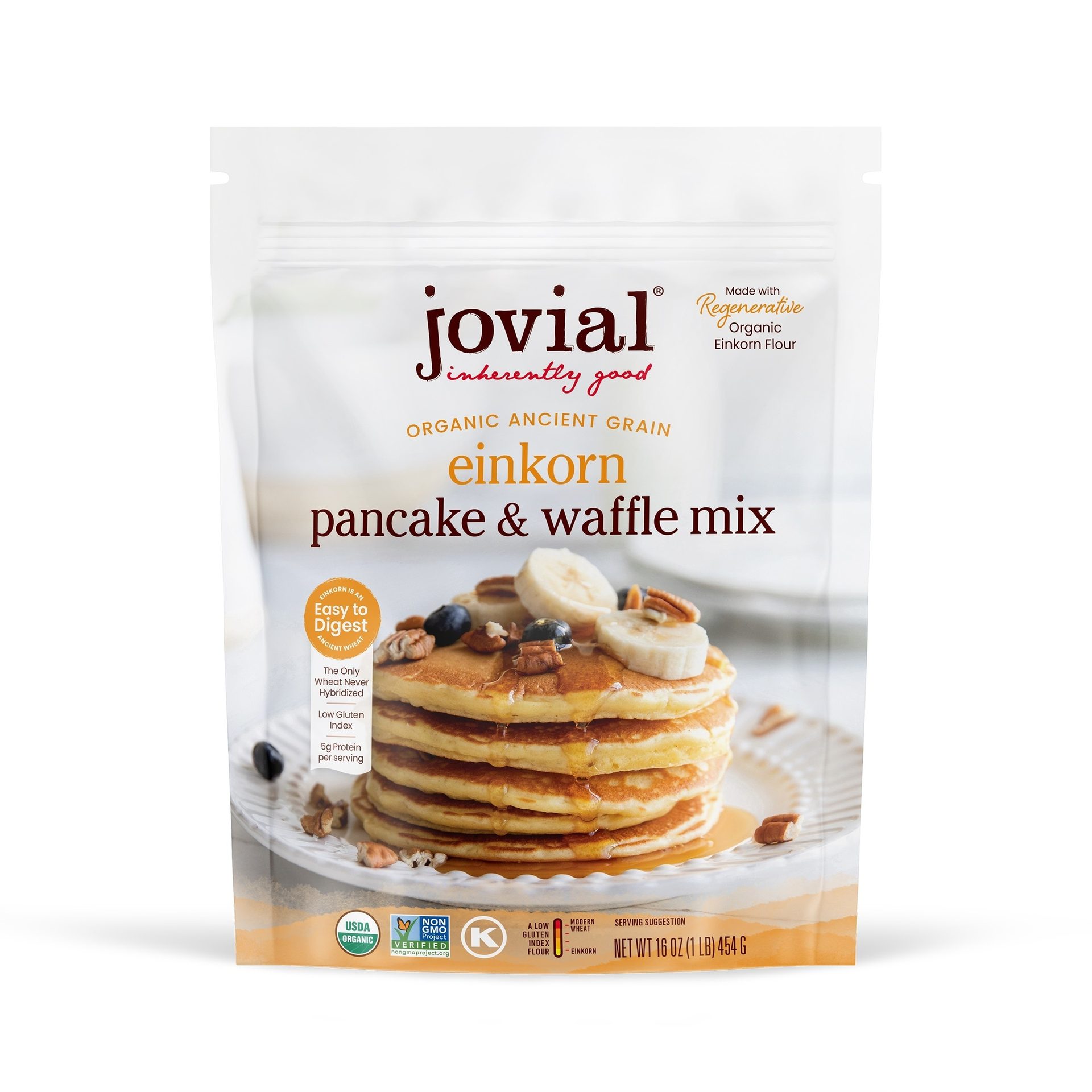
Courtesy of Jovial Foods
The grain einkorn has been dubbed the “original wheat” by many bakery professionals and historians. In April, Jovial Foods announced the launch of its Organic Einkorn Pancake & Waffle Mix, made with regenerative einkorn flour. The product made with the ancient grain is (as the name says) certified organic and Non-GMO Project Verified.
Earth’s Best, a brand under the Hain Celestial umbrella, launched a trio of finger foods for little snackers earlier this year:
- Crunchy Sticks
- Munchy Fingers
- Melty Hoops
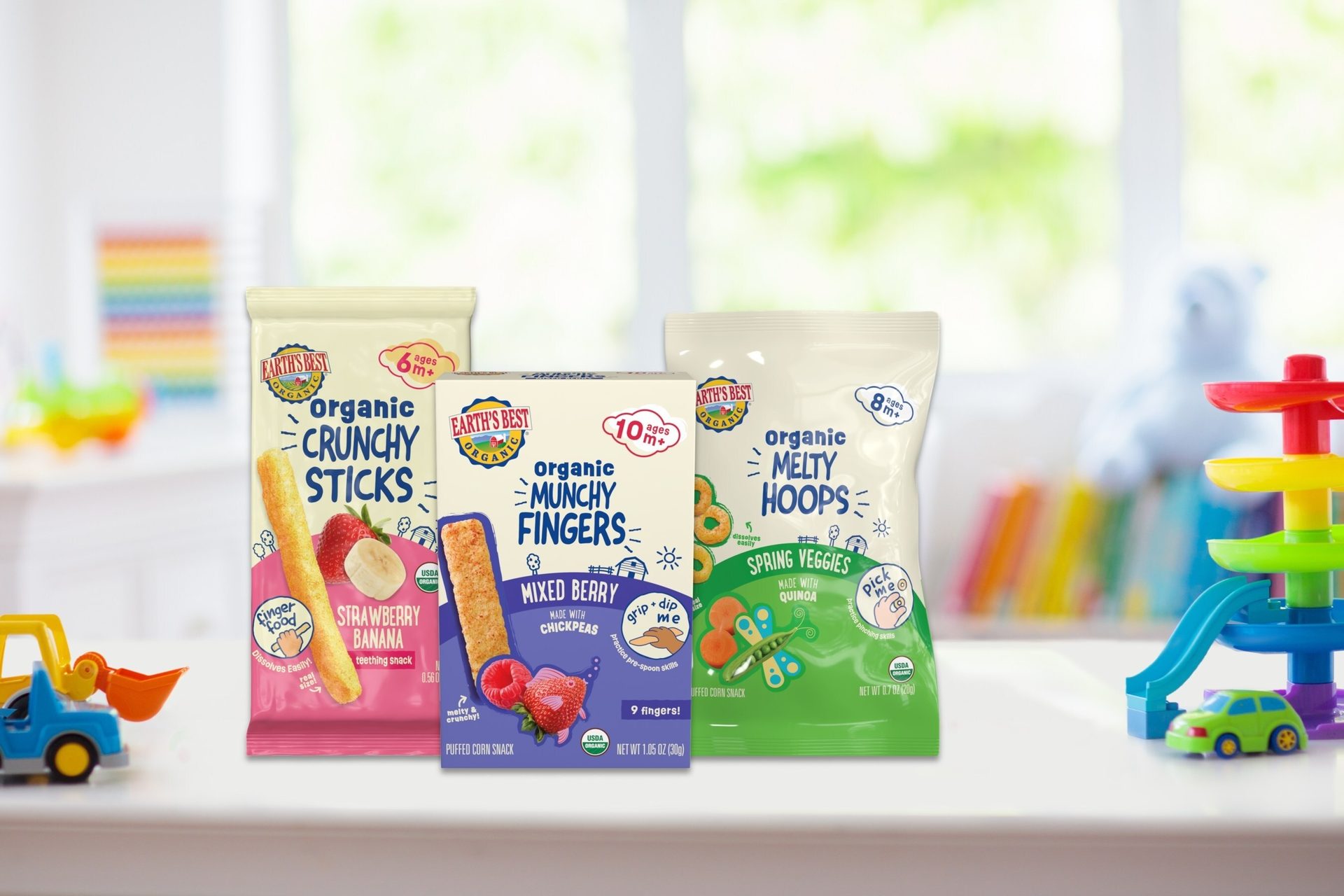
Courtesy of Earth's Best
In addition to offering organic ingredients and kid-friendly shapes designed to encourage playing with your food, the products incorporate a range of grains, including quinoa.
Final thoughts
Despain suggests that the right grain ingredients might be hard to nail down, but that suppliers exist for nearly any solution.
“If you are looking for ingredients that are not readily available, look around in the marketplace,” he says. “There is probably a company out there that has what you want, you just need to make the connection.”
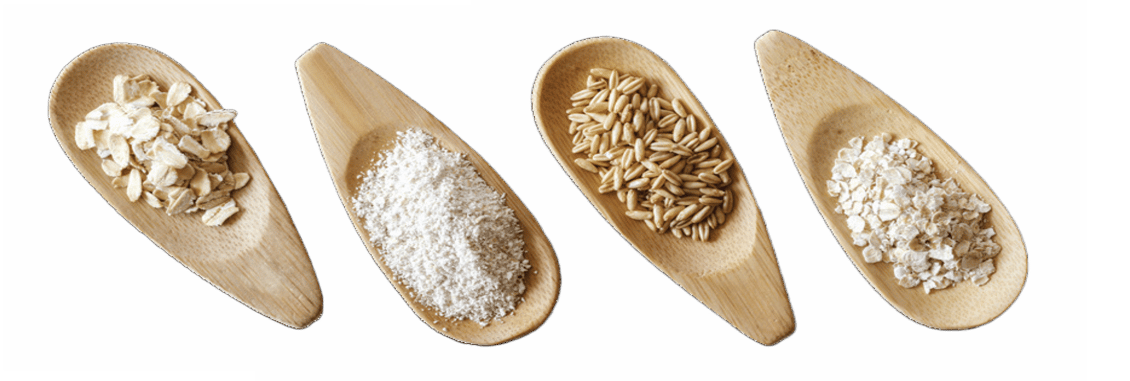
Courtesy of Avena Foods
“Grains aren’t just functional—they’re a story worth telling.”
— Matt Schueller, director of marketing and analytics, Ardent Mills

“Consumers are looking for healthier fats, such as those from coconut oil, olive oil, and avocado oil.”
— Jackie Steffey, senior customer innovation manager, AAK





